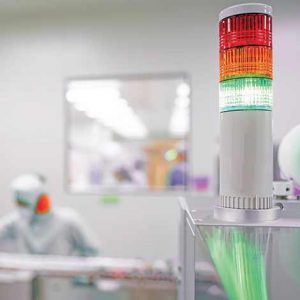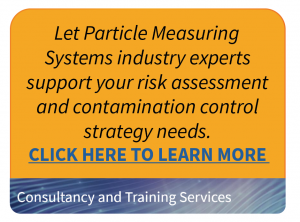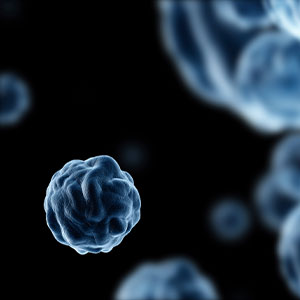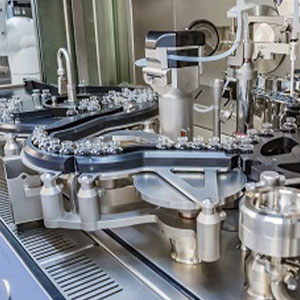Alarm rationale is a critical component when designing your cleanroom environmental monitoring system.
Many of us have grown accustomed to performing routine environmental monitoring with a cart of equipment that takes samples at predetermined cleanroom locations. We collect these particle counts and microbial burdens with portable particle counters, active air-samplers and settle plates or microbial impactors, and take surface samples to adhere to gowning protocols. This process occurs regularly based on guidance from industry (e.g.: Annex 1)with frequencies ranging from each shift, every day, once per week, or monthly depending on the associated risk to final product.

We approve conditions within controlled spaces such as cleanrooms by affirming the results taken from these ‘spot reading’ campaigns, where we aim for each individual sample to be:
- As accurate and representative as possible
- As statistically significant as the conditions of the environment allow
- Appropriate so as to confirm controls are being maintained
However, regulations require continuous particle monitoring in the most critical zones during production and prior to manufacturing, as this reflects a better demonstration of environmental control. This shift to continuous can yield an ocean of data. Rather than using a portable instrument to, for example, collect three one-minute samples at each selected and defined location, data is now a continuous stream flowing from the sensor to a centralized monitoring system. This, in turn, continuously allows the state of control to be quantified, and shows any difference between “normal” and “anomalous” conditions. Where previously we needed to prove control through discrete sample data, control is now the assumed state and out of tolerance (OOT) events become the discrete event requiring investigation.
This document is a description of current good manufacturing practices (cGMPs) and how they can be applied to a continuous monitoring system installed within a facility including how to apply alarm rationale. This process should enable Quality and Production teams to establish new monitoring understandings and harmonization with standards. This review will look at the configuration of alert and action levels and potential reactions, and the reporting requirements of such systems.
Read this paper to learn more about:
- How particle monitoring regulations have harmonized in the past decades
Learn how alarm rationale applied to Alert and action limit requirements started with the 2008 version of the EU Commission Annex 1 and are expanded on in the latest draft that now discuss Risk Assessment and Contamination Control Strategy (CCS).
- Determining alarm and alert threshold limits
Alert and action limits can be applied to reflect a particle trending condition referred to as an N:M, where the number of events (N) is within a population of events (M). Learn more about what this means and how to define and alarm vs. alert and which criteria to consider. Leverage alarm rationale to make decisions.
- The scope of the recent changes to GMP regulations
- Alert and Action reports
Complete the form to download the full paper…




